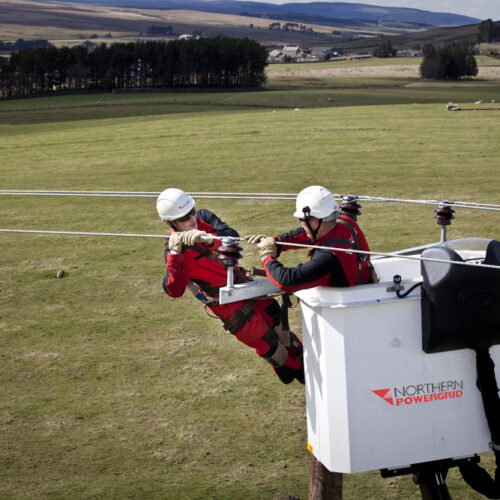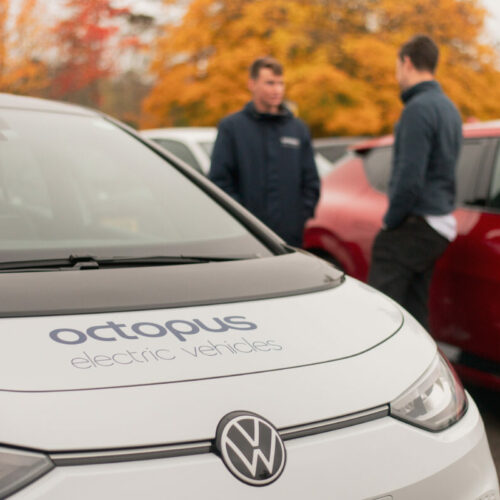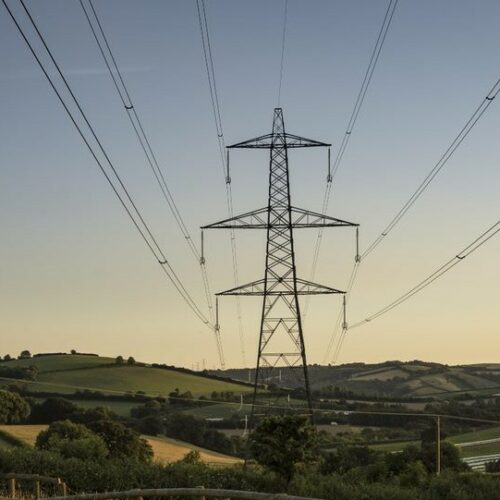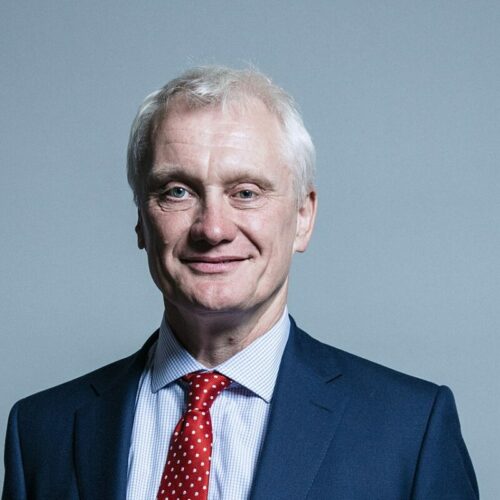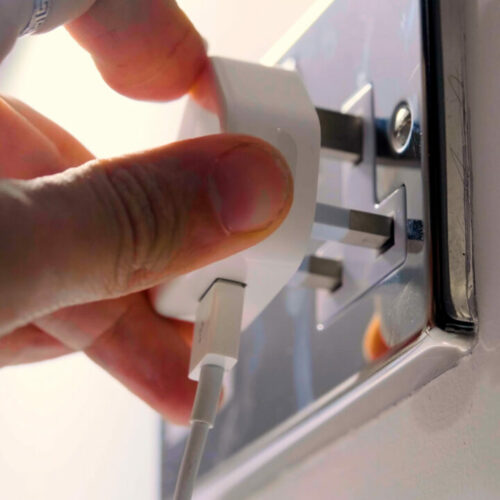“What is a PPA?” asked John Booth, managing director of Carbon3IT Ltd, chairing a panel at the Renewable Energy Revenues Summit today (7 June) in London.
With the increasingly complex nature of the renewables industry (regulation, technology, market volatility, supply chain issues), this seemed like a good place to start a discussion of the financing of renewable projects.
A Power Purchase Agreement (PPA) is an agreement between two parties, a producer and offtaker, to supply renewable electricity at a fixed cost for a term of usually between 5-20 years. The signing of these agreements can be complex, with significant time needing to be taken on clauses dealing with what happens in the case of project delays or changes to the law.
“PPAs are getting so complex these days, transactions have so many parties,” Monika Paplacyzk, investment director at Thrive Renewables said as she introduced a panel on ‘Structuring Various Types of Renewable PPAs’.
Legal changes over the past 18 months in particular have made PPA negotiations harder, said Ronan Lambe, energy and finance partner at Pinsent Masons.
Lambe added: “Changes in law have always been one of the most difficult provisions to negotiate in PPAs. The last 18 months have almost put that on another tier in terms of complexity. We’ve been involved in PPAs in the UK which have fallen at the last hurdle because of disagreement over who wants to take REMA (Review of electricity market arrangements) risk.
“One of the things I’d scream from the rooftops is stability. Stop moving the targets. Change of law has been really challenging in PPAs of late.”
Måns Löfås, senior commodity buyer at Volvo Group Purchasing said: “It’s the complexity of it all, there’s no good way to describe all PPAs.”
Panellists at the Renewable Energy Revenues Summit on June 6 were in agreement that the complexity in financing facing renewable energy companies presented a unique set of challenges.
Smaller companies would like to enter into PPAs but don’t have the energy needs to make it worthwhile; in these cases there is scope for lots of smaller companies to enter wider PPA agreements. However, assessing this kind of ‘counter party risk’ can also make PPA agreements much more complex.
Amanda Niklaus, head of renewables PPA Origination, BKW, said: “We need to be able to consider what are the risks associated with counter parties – there are various levels of risk throughout the lifecycle of a project. Throughout the operational life the risk sits mostly on the seller because the buyer has to make regular payments.”
Tom Abbott, Head of PPA at EDF, said that while there is some standardisation in PPA agreements, there is still a lot of deal-specific detail that inevitably needs to get built into each new deal so standardisation is difficult. There are some key points that need to be worked through in each PPA – for example risks of delays to commercial operations and change in law risk – particularly regarding REMA: “A lack of clarity on REMA brings a great deal of uncertainty, agreeing how to manage that risk is super important in every PPA”, Abbott noted.
“One of the things we do at EDF is to take the intermittent power from a generator and shape it into a baseload block, to then pass it to a corporate to be included in their supply contract. Different technologies come with different risk; solar is typically easier to forecast ahead of time than wind,” Abbott added.
Companies like EDF sit at the intersection between generators and corporate offtakers in helping to agree PPAs.
“We have a large portfolio of corporates on supply and work with a wide network of renewable developers; and we do our best to match them up within a corporate PPA,” Abbott says. This process can also be complex, with factors like credit, how long they want to be contracted for, and a preference for a certain kind of green tech can also make this corporate matchmaking harder to achieve.
PPAs are an alternative to capital investment. David Abbott, corporate finance director, Low Carbon Renewables Infrastructure at Network Rail, said that “we are capital constrained so the idea of building out a 49.9 MW project is probably unreasonable. We see ourselves as an increasing consumer of electricity and our speed of doing so is driven by our ability to shake the magic money tree of investment.”
For big energy users like Network Rail, therefore, PPAs remain the best option for financing long term renewable energy supplies.
Other complexities mentioned by panellists included freeholder/leaseholder complications. Even a big warehouse buyer like Amazon might not own the building they are using. Because of the split between the owner and occupier, these stakeholders need to talk to each other.
